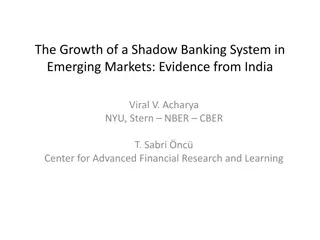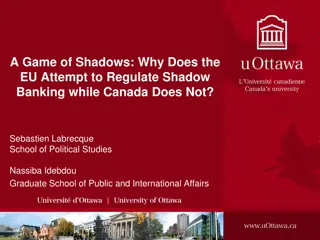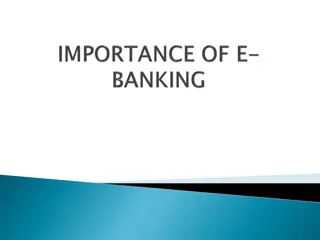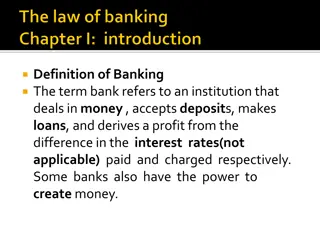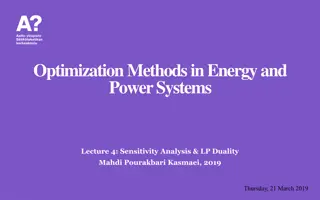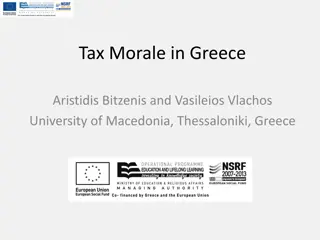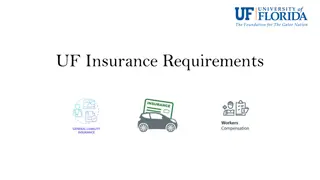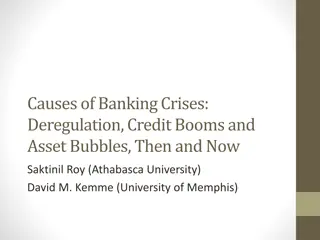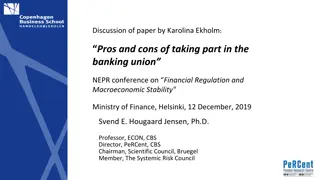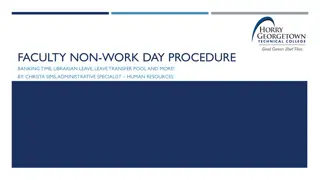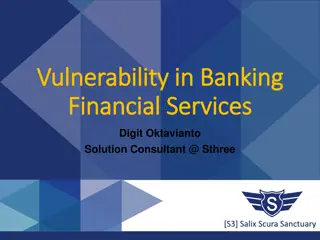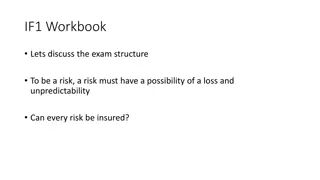Understanding Shadow Banking and Insurance
Shadow banking involves non-bank financial firms/markets posing systemic risks by engaging in potentially short-term liabilities and backing illiquid assets where traditional banking regulations are not present. The risks associated with shadow insurance are further explored in this comprehensive examination by Daniel Schwarcz of the University of Minnesota Law School.
Download Presentation

Please find below an Image/Link to download the presentation.
The content on the website is provided AS IS for your information and personal use only. It may not be sold, licensed, or shared on other websites without obtaining consent from the author. Download presentation by click this link. If you encounter any issues during the download, it is possible that the publisher has removed the file from their server.
E N D
Presentation Transcript
Shadow Banking and Insurance Daniel Schwarcz University of Minnesota Law School
A broad definition of Shadow Banking (1) Potentially short-term liabilities, (2) Backing potentially illiquid assets, (3) Where traditional restrictions and back- stops of bank regulation are not present. Important Note: Shadow banking is only one specific way in which non-bank financial firms/markets can pose systemic risks.
(1) Potentially Short-term Liabilities (a) Insurance Products with High Liquidity GICS, Synthetic GICS, Deferred Annuities, Funding Agreements, Retained Asset Accounts (b) Short-term Letters of Credit used to support captive reinsurance transactions ( shadow insurance ) (c) Securities Lending operations
(2) Backing Potentially Illiquid Assets (a) Insurer assets often are illiquid by design, on assumption that liabilities will be long-term Corporate bonds; securitized bonds; real estate (b) Insurers exhibit substantial herding in investment strategies, which can decrease liquidity in periods of stress
(3) Where traditional restrictions and back- stops of bank regulation are not present. (a) State Guarantee funds are not pre-funded, contain substantial restrictions, and are premised on lack of systemic disruption in industry (b) State insurance regulation is focused predominantly on entity-level regulation by individual states rather than consolidated regulation of larger enterprises.
For more from me on these issues Regulating Systemic Risk in Insurance, 81 UNIVERSITY OF CHICAGO LAW REVIEW 1569 (2014) (with Steven Schwarcz) A Critical Take on Group Regulation of Insurers in the United States, 5 UNIVERSITY OF CALIFORNIA IRVINE LAW REVIEW 537 (2015) The Risks of Shadow Insurance, 50 GEORGIA LAW REVIEW 163 (2015)




